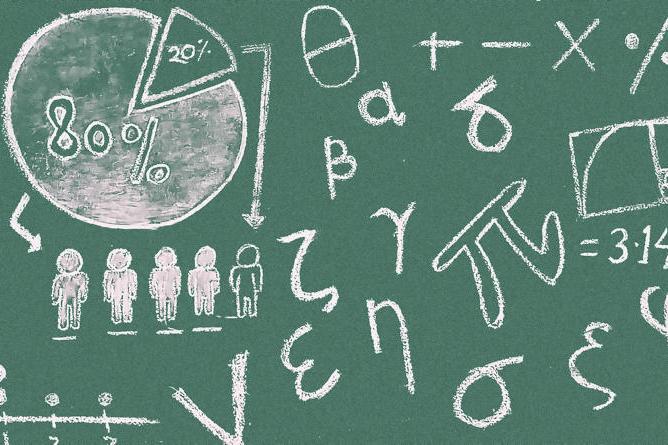Maths Paper One is often the most nerve-wracking Maths paper for students as they settle into the swing of the Leaving Cert exams. As Luke Saunders from Studyclix explains, there are lots of surefire ways to make sure you maximise your mark ahead of tomorrow’s exam.
Attempt EVERY question
It cannot be stressed enough how pivotal this is to succeeding in the exam. Even if you have no idea how to approach a question, you should write something down. This could be a formula coming directly from the log tables or a manipulation of what you already know. For example, in one question in the 2012 paper, 15 out of the possible 25 marks could have been obtained by stating a formula given in the log tables. Even where students struggled to answer the question they could all still salvage 60% of the marks by simply writing something relevant down. Showing that you have even some small inkling of where a question might be heading is rewarded. Don’t think that attempts will look ‘stupid’. At the end of the day the examiners want to give you those marks, help them out by showing whatever you do know.
Read every question carefully
Students tend to focus on mastering the abstract topics on the course and not giving enough attention to the simple aspects of the exam such as reading the question carefully. To counteract this, bring a highlighter into the exam and highlight the key-words in every question. Don’t be tempted to jump into questions without having fully read them first. Pay particular attention to the way the answer is to be presented such as rounding a figure to one, two or three decimal places, or to the nearest significant figure. Students often call back their scripts to find they lost the difference between a grade on little things like this, so be careful,
Keep your work neat and tidy
By keeping your work neat and tidy, you are keeping your examiner happy. They will be more likely to be able to check your workings and award partial credit if you label your rough work and keep it neat. It will also make it easier for you when you go back checking your questions at the end of the exam. If you think you have made a mistake, simply put a single line through it and bracket around it. You can essentially answer a question in numerous ways and the examiner is obliged to award marks for whichever way is correct. Put short clear headings or comments into your work to help the examiner to understand what you’re doing, to make it easier for them to give you those all important marks.






 This is a subscriber-only article
This is a subscriber-only article





SHARING OPTIONS: